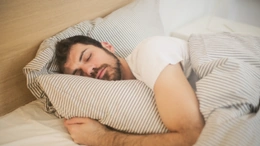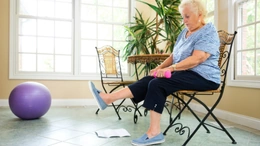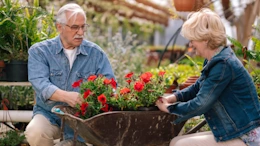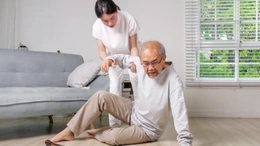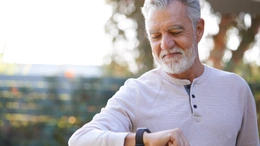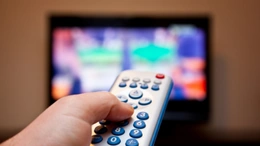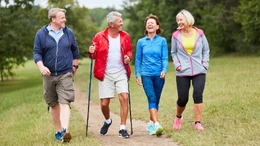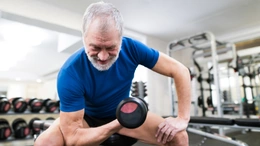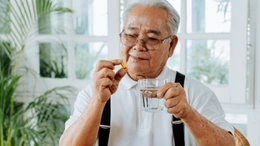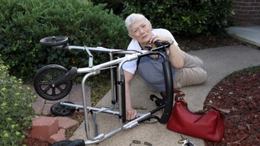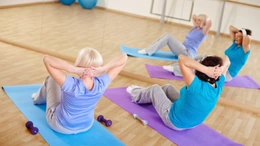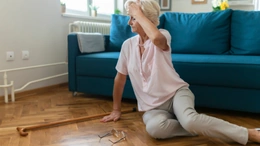How Lifestyle Mobility Aids Improve Independence And Comfort
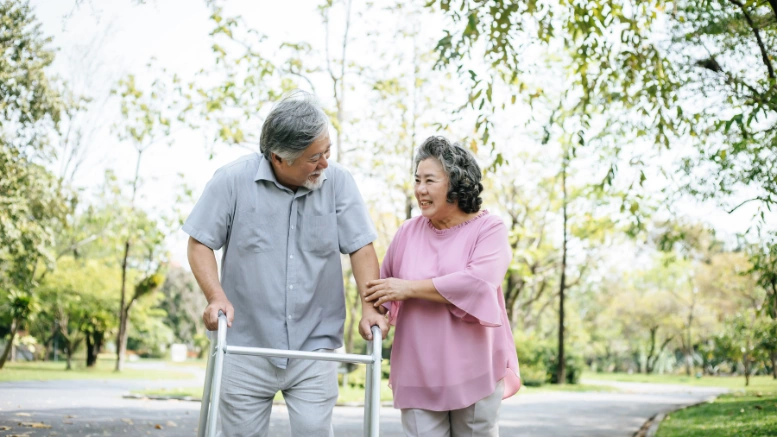
The elderly and the mobility impaired desire and require the ability to stay as independent and comfortable as they can be.
Fortunately, lifetime mobility equipment is not just good at fulfilling its purpose; they are also designed to become a substantial release that is essential to day-to-day life, and it strives to ensure consumers stay active, confident, and outgoing.
It can be foldable walkers, more comfortable canes, mini-scooters, or even adaptive house objects; all these assistants reduce the number of obstacles without compromising comfort and dignity.
The reality of being a mobility-impaired person is being changed with the help of lifestyle mobility aids. What are they? How does it help not only move but also improve the quality of life?
What Are Lifestyle Mobility Aids?
These are assistive appliances that are functional in the sense that they are not only aimed at safety and mobility but also at comfort, convenience, and personal independence in the course of everyday life.
Unlike mere mobility equipment, which just enables a person to walk again, lifestyle aids are more holistic in that they consider ergonomics, independence, and future well-being.
Even elderly people, the disabled, individuals undergoing surgeries or treatment due to injuries, and those with chronic diseases such as arthritis, multiple sclerosis, and balance disorders utilize these tools. They include:
- Rollators enable the user to have a seat
- Crutches and walking canes, which are ergonomic
- Long-distance, or outdoor, mobility scooters
- Swivel seat cushions that make access to cars easy
- Shoehorns or reacher sticks to allow little bending, or grabber tools
The difference between lifestyle aids and any other is that they are meant to have a level of versatility, portability, and comfort. Lifestyle aids differ in the sense that they are to be of a degree of versatility, transportability, and comfort when compared to others.
It tends to be user-friendly with adjustable capability, cushioned handles, and lightweight materials, not to mention stylish finishes on the material, adding value as they are easier to use.
The lifestyle assistive aids offer more freedom to the users, other than just being mobile, they enable people to live and interact with life with less physical hindrance and with more confidence at home, out, and on a trip.
Unique Benefits Of Mobility Aids That Promote Independence And Comfort In Everyday Life
Here are the benefits of lifestyle assistive aids:
Enables Social Participation
The ability of lifestyle assistive aids to enable their users to remain as social beings is one of the greatest advantages of these aids. Isolation may come as a result of fear or falling, fatigue, or inaccessibility to many people with poor mobility.
Scooters or lightweight rollators with seats enable individuals to attend family events or go to religious services, or visit with friends without putting such a heavy dependence upon others.
Effective social engagement does not just benefit mental health but also a secure sense of purpose and belonging, which are essential emotional elements.
Supports Outdoor Mobility And Recreation
People living with mobility issues must not avoid going outdoors. The current assistive devices are specifically designed to cope with various surfaces, which makes taking strolls in the park, shopping, or minor hiking much easier.
The all-terrain rollators, the electric scooters, and the walking poles with rubber tips enable one to engage in outdoor activities without any harm. Still, there are a lot of products that have built-in storage and can help to have a longer and more helpful trip without bags and bottles of water.
The ability to move freely outdoors is not just a comfort; it can be the key to physical activity, sunlight, and fresh air, all of which are excellent sources of physical and emotional well-being.
Reduces Physical Strain During Daily Routines
Even such activities as getting out of bed, reaching objects, or cooking may be exhausting or cause pain to people with mobility problems. Such lifestyle aids like bedside grab bars, reacher tools, or adjustable shower stools can make activities of everyday life easier.
These tools have enabled people to perform routines without the assistance of caregivers or direct supervision because they can minimize joint stress and bending, as well as enhance reach and balance, and hence improve overall routines. It is also less strain, which minimizes the chances of getting overuse injuries and fatigue-related accidents during the day.
Improves Travel And On-the-Go Convenience
The weakly mobile people may find it difficult to travel. Light folding mobility canes, travel scooters, or compact rollators are specifically designed to facilitate mobility when out and about.
Wide in coverage, these gadgets are convenient to carry around regardless of whether it is in an airport, hotel, or urban street. Others are airline-compatible batteries or fold up into car trunks.
This implies that people will be able to travel with more confidence because they do not have to worry about their comfort and ability to move around.
Lifestyle aids need to make sure that mobility does not stop at the doorstep, and therefore, users are able to explore the world outside the home.
Promotes Long-Term Comfort And Posture
Body mechanics and poor posture may tend to exacerbate later on when mobility is compromised. Ergonomics is also taken into consideration in the manner in which mobility aids are designed.
As an example, walking sticks are now manufactured with ergonomic, shock-absorbing grips that alleviate many of the modern frustrations of walking the grooves of nature.
Adjustable-height rollators use a proper walking position, which reduces the pressure on the back. Seat risers or cushions that support posture prevent spinal alignment problems when one sits down.
These lifestyle assistive aids are used to prevent the deterioration of the joints and establish better health of the musculoskeletal system.
Simply put, these aids are not only supposed to move a person and get him or her to placement A and leave him at point B, but it is also about being able to do so, considering the comfort and proper alignment and wellness in the medium and long term.
Conclusion
Lifestyle assistive aids are current, good, and empowering to make your everyday life, body, and emotional state better.
Whether it has a socializing aspect to it, or it is a minor, daily activity such as making a cup of safe tea, the appropriate tool can be proven useful to continue moving forward in life in a less challenging and less difficult way.





